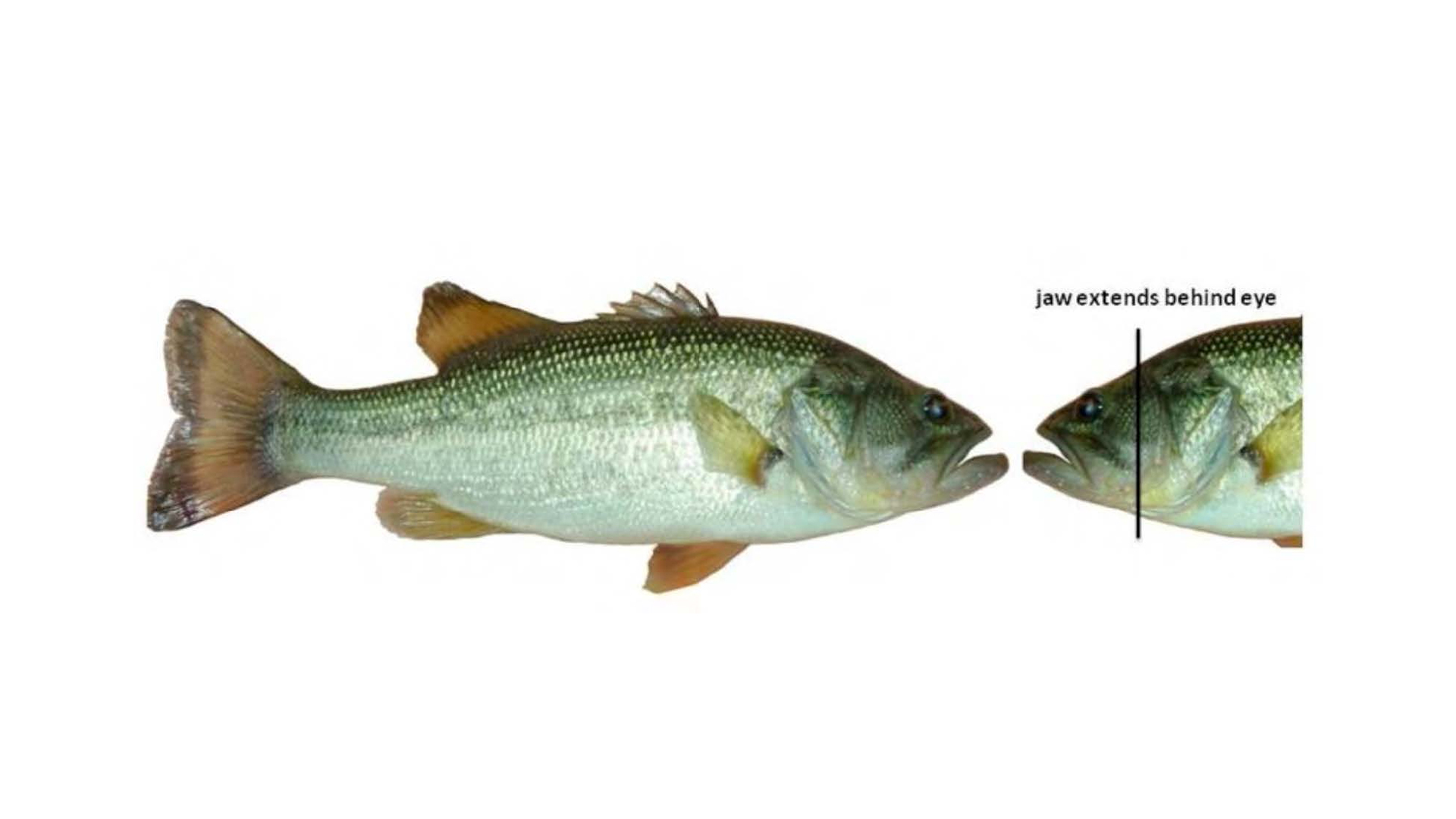Habits and Habitat
Adults feed almost exclusively on other fish, insects, and large invertebrates such as crayfish. Largemouth bass seek protective cover such as logs, vegetation, rocks, and even man-made structures. They prefer slow moving water but will survive in a variety of habitats including streams, rivers, lakes, and reservoirs. Spawning occurs in spring when water temperatures are from 60ºF to 75ºF. Males build the nests next to areas having brush piles, near underwater logs, or in areas under overhanging tree limbs. The male cares for the nest, protecting it from predators and keeping the eggs fanned until the eggs hatch. He also guards the young for a week or more after the hatch.

